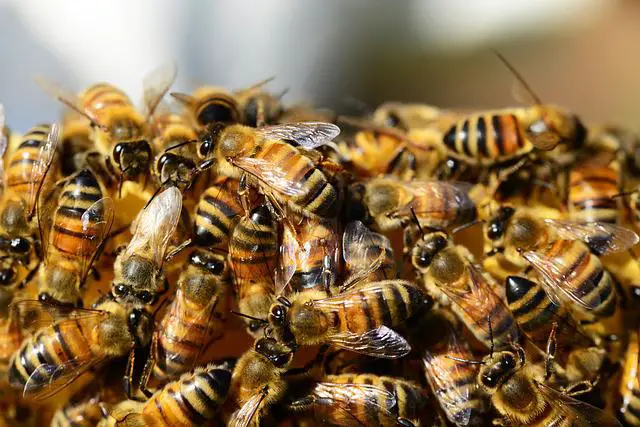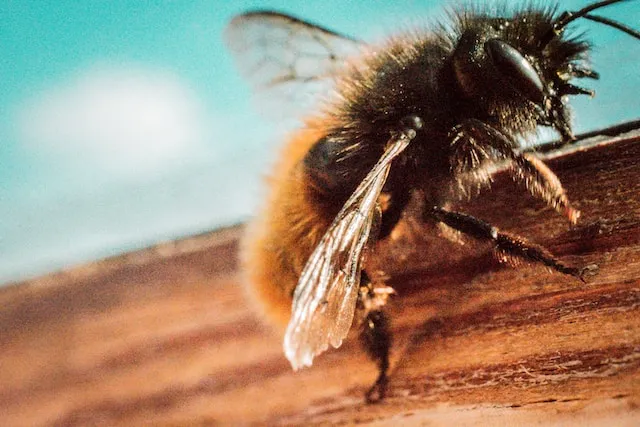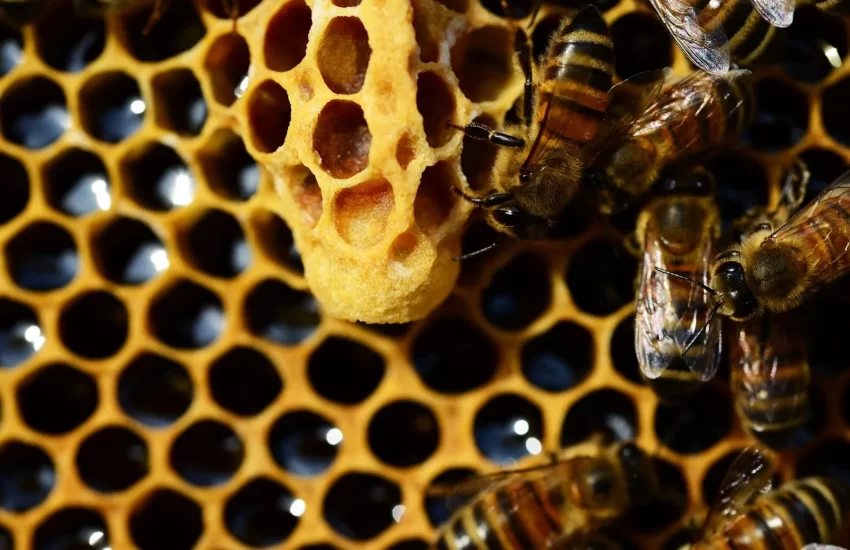Types of Honey Bees, Honey Bee Stocks
Every beekeeper wants to raise the best bees. One of the grave mistakes that a beginner can make is not understanding the different honey bee stocks. The truth is, not all bees are the same. The various breeds have different needs and produce varying results. While it is hard to get a perfect bee stock that meets all your desires, you must look at the desirable traits that you want.
What are the desirable traits when choosing a honey bee stock?
Temperament
Most beekeepers opt for bees that are less defensive and easy to manage.
Similar Articles you may like to read –
Interesting Facts About Honey Bees
How many eyes does a honey bee have?
Do Bees Have Lungs? How do honey bees breathe?
What Do Bees Eat? Do bees eat Honey? Do queen Bees eat Honey?
Do Bees Feel Pain?
Hardiness
While honey bees live in various climatic conditions, some are more adapted to cold regions.
Productivity
While all bees are hardworking, some are better honey producers than others.
Likelihood to swarm
A beekeeper loses about half of the bee’s population when a colony swarms. Some honey bee stocks tend to have a higher swarming tendency than others.
Resistance to pests and diseases
While any hive may succumb to diseases, some bee stocks can withstand certain conditions.
Wintering Ability
Many beekeepers lose their colonies to the cold winter season. Some bee stocks tend to overwinter better than others.
Tendency of Robbing
Robbing in colonies increases the spread of diseases and pests.
Availability
It is good to choose a honey bee stock that is readily available.
Types of Honey Bees
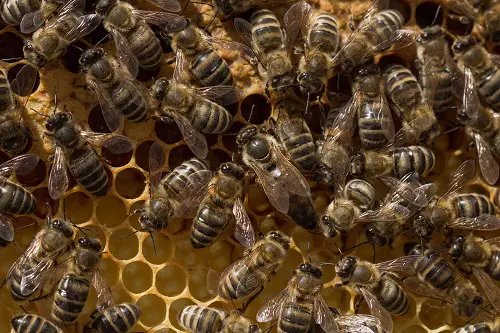
European Honey Bees
European bees, also known as the German bees, originated from northern Eurasia in colonial times. It is a perfect honey bee stock for beginners looking forward to keeping domesticated bee species. European bees can survive long, cold winters more than many strains of bees. They possess smaller and stockier bodies than other stocks of honey bees. There was a time when the honey bee populations in the USA were dominated by this strain but have almost been wiped out by newly introduced diseases.
Pros
- They are famed for their tendency to build large colonies
- Able to survive long cold winters
- It produces an impressive amount of honey regularly
Cons
- Susceptible to American and European foulbrood, which have made it lose favor with beekeepers
- Very defensive, making it so hard for beekeepers to manage
- Low level of varroa mites resistance due to poor hygienic behavior
- Due to their larger body size, they have difficulty accessing nectar from smaller flowers
- They have short tongues( proboscis), making it is hard for them to collect nectar from longer flowers
- Poor pollinators compared to other bee stocks
- More prone to supersedure than other honey bee species
- More tendency to balling the queen resulting in her death
Italian Honey Bees
The Italian bee stock is the most popular among beekeepers in America. It is sometimes referred to as the Ligurian bee. Originally from Italy, it was introduced in America in 1859 and promptly replaced the bees that were formerly there. It is loved due to its mild temperament and high honey production. Its bright golden body covered with black stripes makes it beautiful to behold. Italian bees are strong foragers and keep their hives clean. While they are adaptable to various climatic regions, they do not do well in tropical settings.
Pros
- Excellent foragers
- Excellent comb builders
- Minimal use of propolis; hence easy for a beekeeper to work on the hives
- Lower tendency to swarming
- Prolific brood cycles
- Their color is desirable to some beekeepers
- Excellent housekeepers
- Readily available in packages
Cons
- Tend to raise brood in late winter, which increases food reserves consumption
- Low resistance to pests and diseases tends to have a high colony collapse rate.
- Rob other colonies which can contribute to the spreading of diseases and pests
- They tend to drift to other colonies caused of a poor sense of orientation.
- They don’t like to travel long distances to forage; hence a beekeeper should have the areas surrounded by the hive filled with different kinds of nectar-filled flowers.
- Overwinter in large populations and may have problems with food reserves if in a region with long winters.
NB
They require good robbing prevention practices as well as colony equalizing techniques.
Carniolan Honey Bees
Carniolan bee stock was Introduced to the USA from middle Europe. They are a very gentle strain of bee that perfectly suits a beekeeper who is afraid of handling aggressive bees. This bee stock is famed for handling dearths by adjusting brood production depending on food availability. They have a longer tongue(proboscis), which benefits from diverse nectar sources. Beekeepers must be on the lookout to provide adequate space to thrive. This stock produces a significant amount of honey in colder climates. The bees can forage earlier in the morning and later in the evening, even on cool and wet days.
Pros
- Start reproducing early in the spring, which allows for increased population growth.
- Overwinter well in tight clusters with a modest food supply.
- Better orientation than Italian bees
- Quickly adapts to changes in the environment
- Gentle and easy to work with
- Workers live longer than other bee types of bee stocks
- Good resistance to pests and diseases
- Less likely to rob other colonies, which lowers the chances of spreading diseases
- Suitable for places with long winters
- Ideal for places with strong spring nectar flow and early pollination
Cons
- Low ability to thrive in hot summer
- The strength of the brood is more dependent on the availability of pollen
- Their population increases significantly in spring, making them prone to swarming
Caucasian Bee Stock
Caucasian honey bee originated in the valley of Caucasus. Their color ranges from silver-gray to dark brown. This bee stock was once popular in the US, but the beekeepers opted for other strains due to its low honey production. However, some commercial pollinators prefer this bee due to its long tongue; which is longer than the Carniolan mostly. It’s not easy to find their packages.
Pros
- Ardent brood production helps to raise strong colonies
- Resistant to European foulbrood but highly susceptible to nosema.
- Less prone to swarming
- Overwinter well
- Able to forage in colder climates than Italians
- Have the longest proboscis that can extract nectar from deep nectar tissues
- They are gentler than Italians.
Cons
- Tend to drift and rob colonies
- Not readily available like other bee stocks
- They are prone to infections; frequent inspections are required to ensure no signs of diseases or conditions.
- They are pretty slow in building their colony. They required a skilled beekeeper to stimulate procreation and honey production.
- Not good honey producers
- Colonies do not reach optimum productivity until mid-summer, even with high nectar flow.
- Produces excess propolis which makes their hives very sticky to work on.
Russian bees
The Russian bees were introduced to the USA in 1997 to curb the increase of colony collapse due to parasites. They have resistance to tracheal and varroa mites. These bees are sensitive to available food sources and will regulate brood production accordingly. This is beneficial in climates where the food resources heavily depend on seasons. Unlike other bee stocks, they keep a pollen reserve that they use in times of dearth. They overwinter in smaller populations. They build up so fast and become overcrowded; hence a beekeeper must be on the lookout to provide ample space. Unlike other bee strains that make queen caps when the need arises, the Russian bees seem to have a queen cell all the time.
Pros
- Outburst in population when nectar is available
- Highly resistant to mites
- They overwinter pretty well.
Cons
- A High tendency to swarm
- Build-up slowly in spring as they wait for nectar availability
- Their tolerance to mites quickly decreases once the Russian bee is crossbred with another stock of bees.
- Not readily available to beekeepers since scientists continue to learn about them.
Buckfast Bees
Buckfast bees are a hybrid of different strains of bees. The name originates from the location of hybridization( Buckfast Abbey in the UK. Buckfast honey bees do well in cool climates and are resistant to Tracheal mites. They have a gentle temperament making it easy to manage.
Pros
- Excellent honey producers
- Have prolific queens
- Use fewer honey stores
- Resistant to some natural pests such as tracheal mites
- Pure breeds of Buckfast tend to be gentle.
- Less likely to swarm than other bee stocks
- Good pollen collectors than other bee stocks
- Good comb builders
- They can overwinter well even with stores of inferior quality
- they can forage for further distances
- They have a keen sense of orientation which prevents drifting
- low aggression
Cons
- Not readily available
- Moderate spring builders
- Insufficient amount of brood in fall
- If you allow them to requeen, the second generation may be aggressive.
Africanized Honey Bees
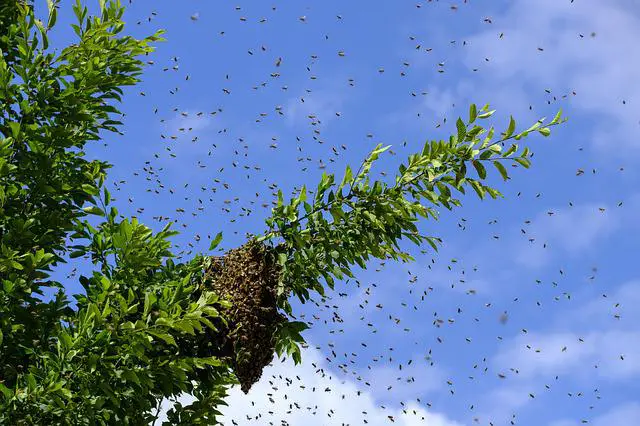
They are a hybrid of the African and Italian bees created in Brazil in the 1950s to increase honey production. The experimental swarms escaped quarantine, took over South America, and have spread considerably through most of the south. They are not an ideal choice for beginners due to their extreme aggression. However, these bees have numerous advantages when beekeepers learn to work with them.
Pros
- The young workers start foraging earlier than other bee stocks
- Produce more honey
- Reproduce faster than other bees and hence requires more food.
Cons
- Tend to swarm more frequently
- More likely to abscond from a hive
- Have more numbers of guard bees in a colony
- Cannot survive prolonged periods of food shortage
- They are very aggressive and will chase a person and can chase up to a quarter a mile if they perceive a threat. There are many documented cases of African bees killing people and large animals.
More articles you may like to read –
Do Male Bees Die After Mating? Honey Bee Mating Behavior
What Happens When a Queen Bee Dies?
How long do queen bees live?
How quickly do bees multiply? Reproduction of Honey Bees
Are queen bees born or made?
FAQs
Which is the best honey bee stock for beginners?
New beekeepers prefer calm and non-defensive hives. And while any type of bee will sting when threatened, some breeds tend to be docile than others. Most beginners prefer Italian bees. Other options include Buckfast and Carniolan.
How many honey bee species are there?
There are at least seven species of honey bees in the world with numerous subspecies.
Is there a honey bee stock that is native to the USA?
Honey bees are not native to the USA. They were introduced to the country by colonialists.
Are bee races interbred?
Researchers interbreed two or more races to develop desirable characteristics such as disease resistance, high honey production, gentleness, and hardiness.

